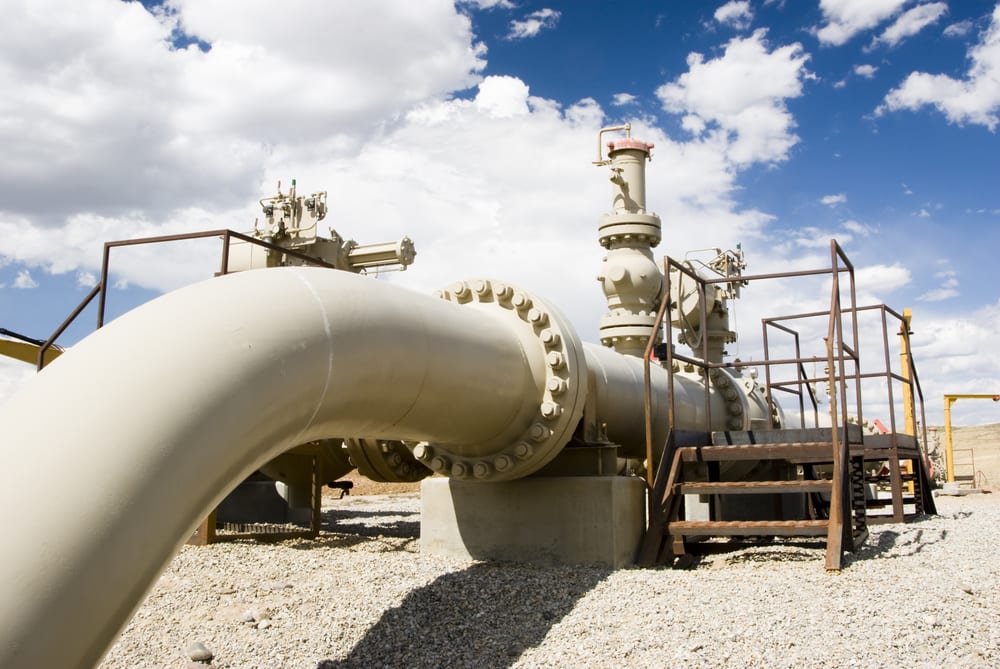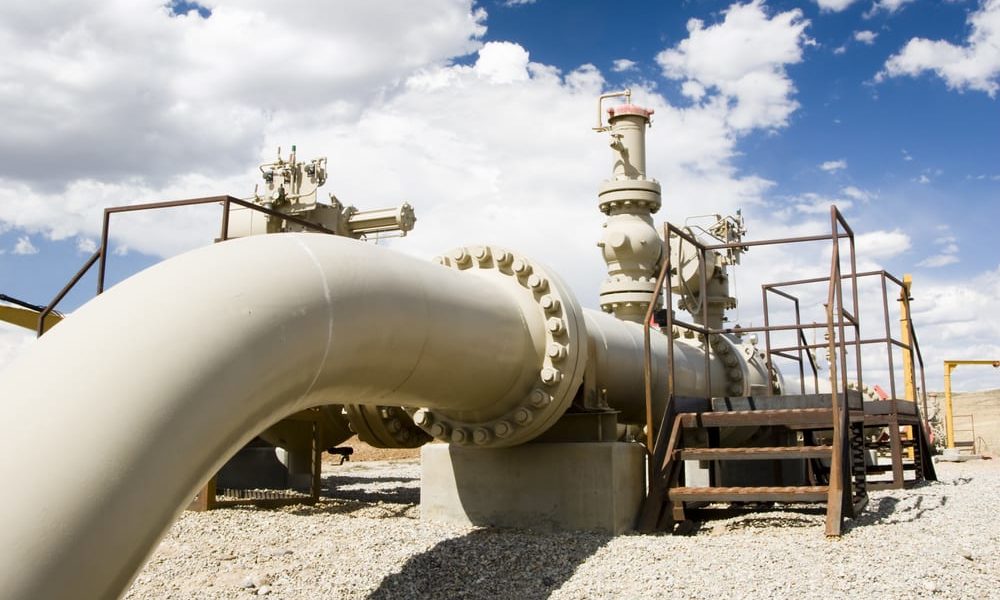WSGS Releases 2021 Summaries of Wyoming’s Oil, Natural Gas, and Critical Mineral Resources

The Wyoming State Geological Survey (WSGS) released two reports that provide brief status updates on recent and future developments in the state’s hydrocarbon and mineral industries.
This year’s annual oil and natural gas report emphasizes the importance of pipeline infrastructure, new and associated hydrocarbon products, and innovative projects for Wyoming’s ongoing economic recovery.
For example, the Wyoming Pipeline Corridor Initiative, as well as several pipeline projects completed in 2021, will expand the state’s robust infrastructure and facilitate growth in oil and gas production—especially as the number of drilling rigs operating in the state continues to increase, and as associated and new products such as hydrogen are added to production streams.
“Production increased gradually in 2021 due to price volatility and demand uncertainty,” says WSGS Director and State Geologist, Dr. Erin Campbell. “But recent forward-thinking projects have improved the outlook for Wyoming’s oil and gas industry in 2022 and beyond.”
For instance, several companies operating in Wyoming have become national leaders in monitoring and reducing methane emissions from natural gas drilling, production, and transportation via pipelines. One such example is Jonah Energy, which was the first company in the United States to report its emissions to the Oil and Gas Methane Partnership, a United Nations-backed initiative to reduce global methane emissions, resulting in a Gold Standard emission rating. Similar pursuits, including production of certified responsibly sourced gas and ongoing research in carbon capture and storage, in tandem with Wyoming’s robust infrastructure and extensive resources, ensure that the state’s oil and gas industry will remain vital to U.S. energy production.
The second WSGS summary report focuses on critical mineral resources in Wyoming. Critical minerals are elements or mineral commodities that are essential for today’s economy but vulnerable to supply chain disruptions. They are key components in a variety of technologies, including consumer electronics, medical and defense applications, and renewable energy production.
“There is a significant national push to establish and expand domestic sources of—and strengthen supply chains for—critical minerals,” says Dr. Campbell. “Wyoming has several known deposits of critical minerals, including ones that were mined historically. We are now trying to understand the occurrence and distribution of critical minerals in areas that have not been studied using modern methods.”
Geologists with the WSGS, U.S. Geological Survey, and University of Wyoming’s School of Energy Resources and Department of Geology and Geophysics are working to research, locate, quantify and map geology in Wyoming that may contain critical minerals. Ongoing and planned studies will reach most corners of the state, and include investigations of rare earth elements in coal, related strata, and mine waste in Wyoming’s extensive coal fields; analyses of sandstones with potential to host elevated concentrations of rare earth elements, titanium, and zirconium; and geophysical surveys to aid exploration where the relevant geology is buried or poorly exposed.
In addition to summarizing ongoing and historic production of critical minerals, the report also provides an update on recent exploration and development activity across the state, as well as promising deposits in Wyoming.
Both the oil and natural gas and critical minerals summary reports are available as free downloads from the WSGS website.






